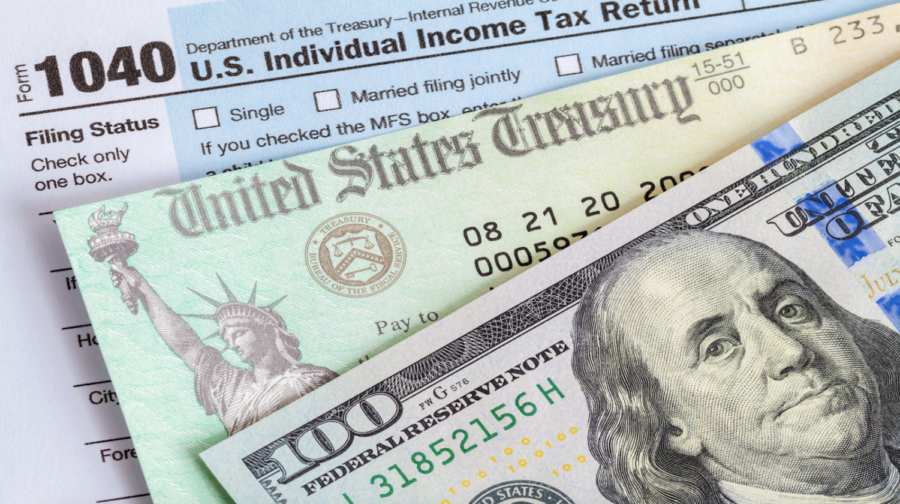The Passing of the Third Stimulus Check
March 17, 2021
The U.S.Senate approved President Biden’s $1.9 trillion coronavirus relief package Saturday, directing a third round of stimulus checks to most Americans. The plan is expected to pass along party lines and head to the president’s desk before key unemployment programs expire on March 14. After the bill is signed into law, the IRS could begin delivering the checks within one to two weeks, based on the time frame for the previous round of checks — potentially as early as the weekend of March 13.
The Biden administration has proposed a $1.9 trillion dollar relief package under the American Rescue Plan, meant to speed up the United States’ recovery from the economic and health effects of the COVID-19 pandemic. The plan includes more unemployment benefits and additional aid for Americans in dire economic conditions.
On Feb. 5, a group of ten Republican senators proposed a $616 billion stimulus to counter the American Rescue plan. This package would reduce the direct payment received by most Americans and cap recipients earning more than $40,000. Despite this, Biden has stated in a press release on Feb. 6 that he will “not [cut] the size of the checks” and that he will give the American people “what they were promised.”
The Biden administration was considering lowering the income threshold for those eligible, which would have ensured that the money is invested back into the economy rather than being saved. According to the Federal Reserve Bank of New York, the average percentage of the first stimulus payment a family received increased as the income increased. The FRBNY also states that while reducing the income threshold would better target the economy, it would also reduce the number of people receiving a third stimulus check and the amount received by others.
A recent Democratic proposal kept the income threshold at $75,000 and placed the upper limit at $100,000. Dependent children could also affect the size of your next stimulus check. The second stimulus check included $600 per dependent child (a dependent child is defined as anyone under the age of 17 living in the household).
The American Rescue Plan looks to expand the pool of eligible dependents to include those over the age of 16. This would include college students as well as older adults. This change would increase the amount of people eligible for stimulus checks by $13.5 million.
The amount of a third stimulus check could also be affected by a recipient’s taxes. To speed up distribution, the Internal Revenue Service has used the most recent tax filings to determine adjusted gross income (AGI). The first relief payment was passed in March of 2020. At that point, some people had filed their 2019 taxes so the check amount could have been based on 2018 or 2019 taxes. The second relief payment became law in December of 2020, after most everyone had filed their 2019 taxes.
The third relief payment could be signed by early to mid-March of 2021. At that time, some people will have filed taxes for 2020. Because of this, the third payment will be based on 2019 or 2020 taxes, depending on the household.
Emery Weiner Advanced Placement Economics teacher Trip Galleher explained why stimulus checks are so helpful to the economy. He described the United States economy as a car engine and the stimulus checks “push on the gas pedal of the car.”










